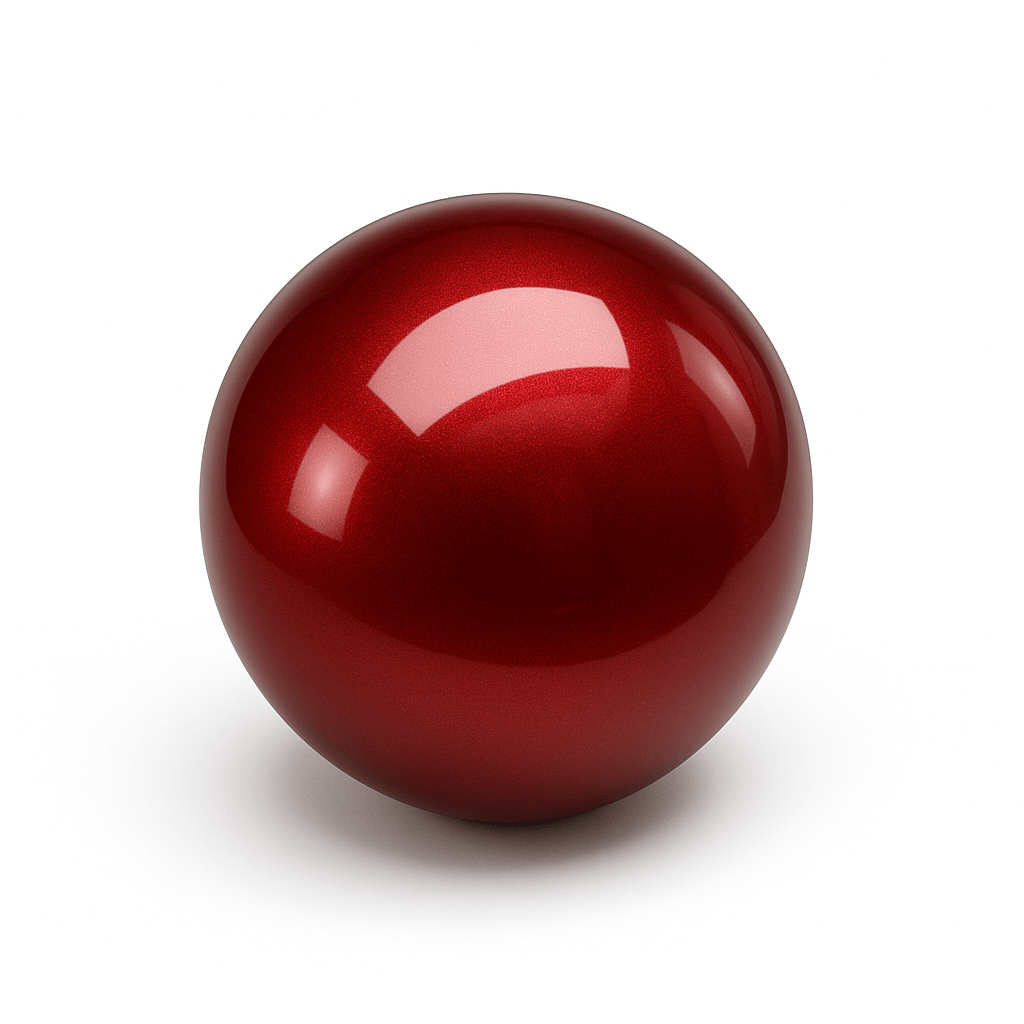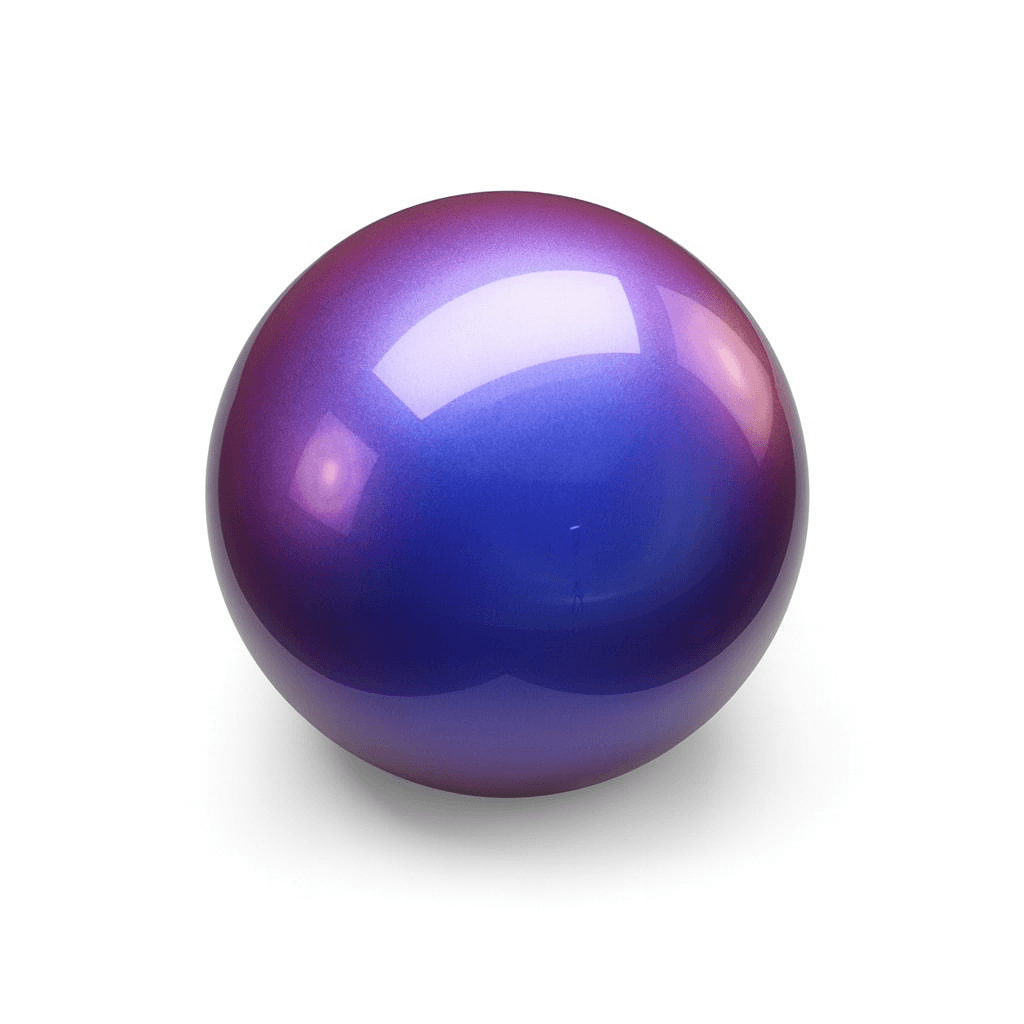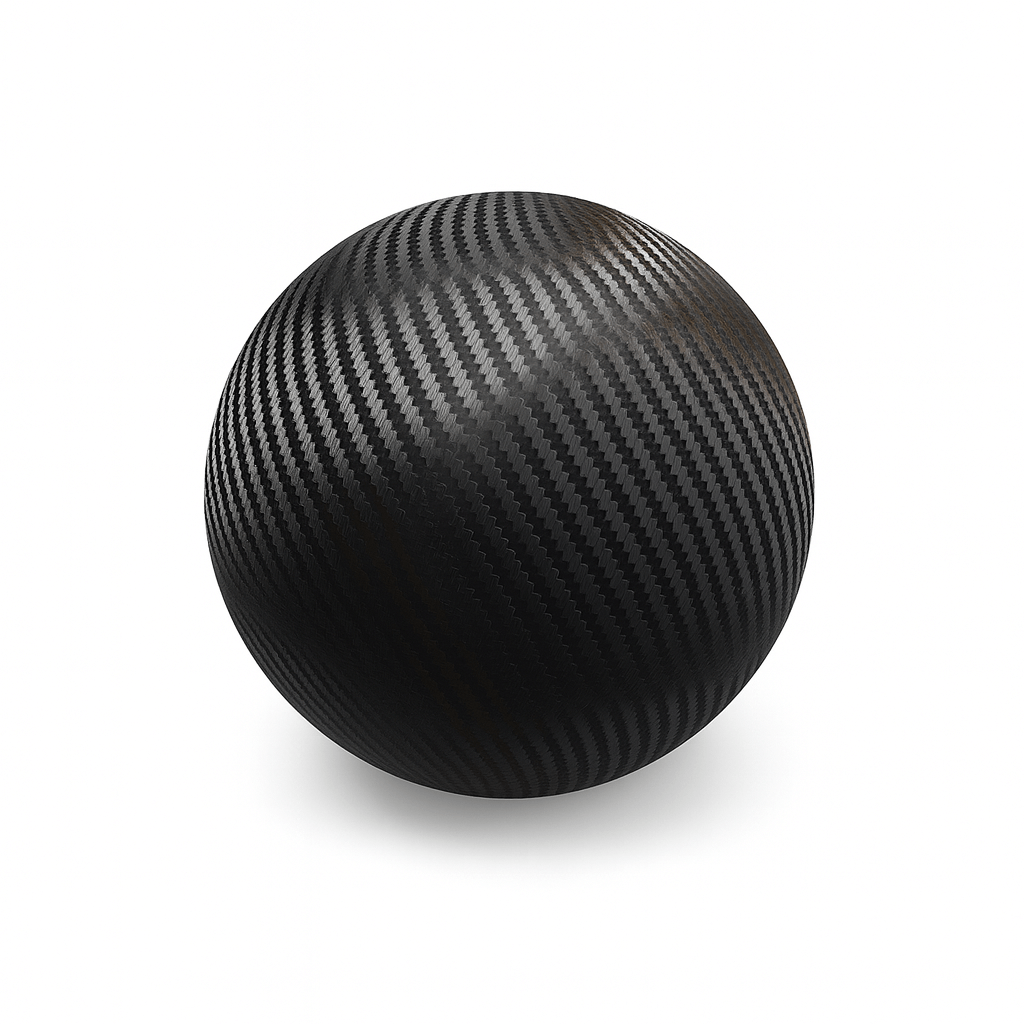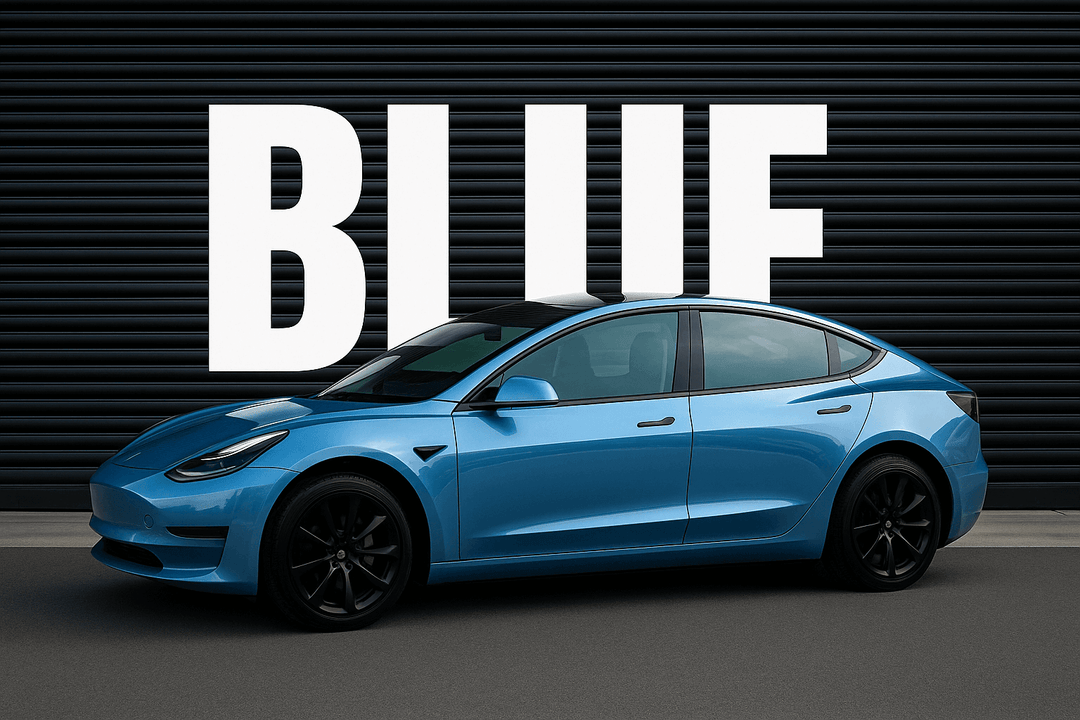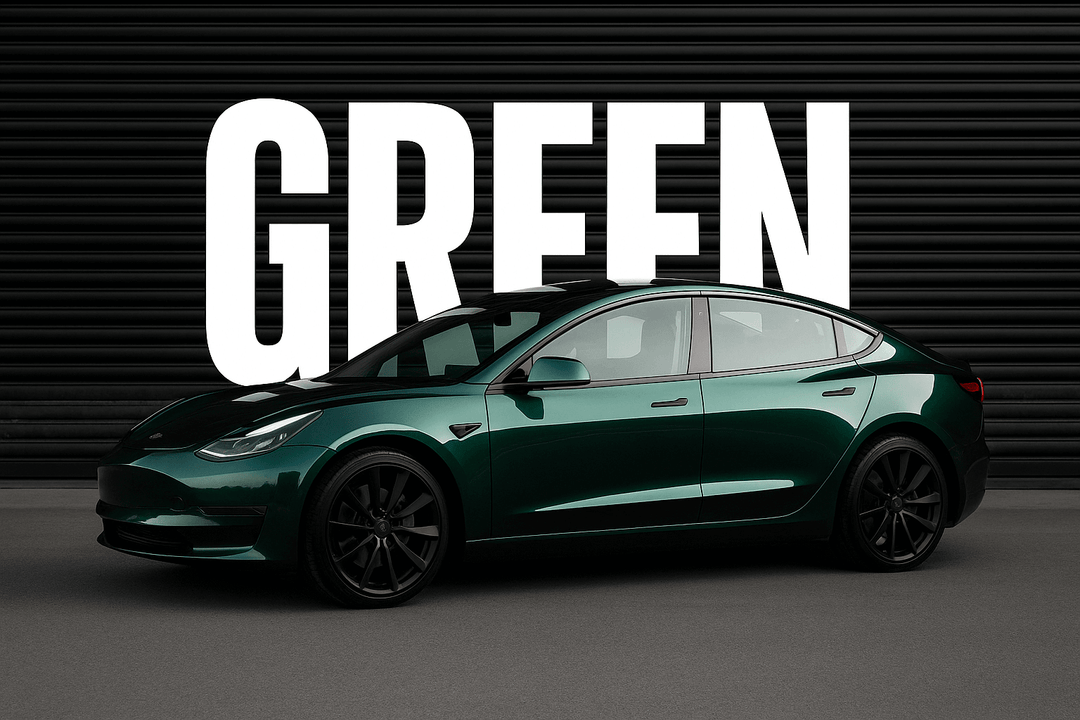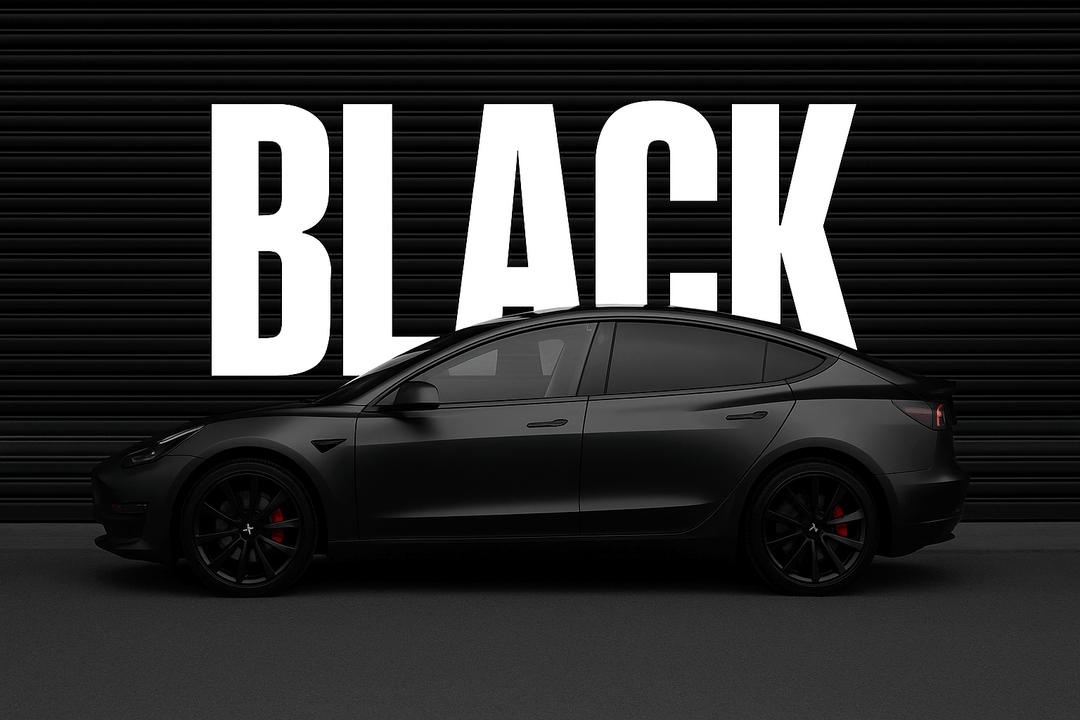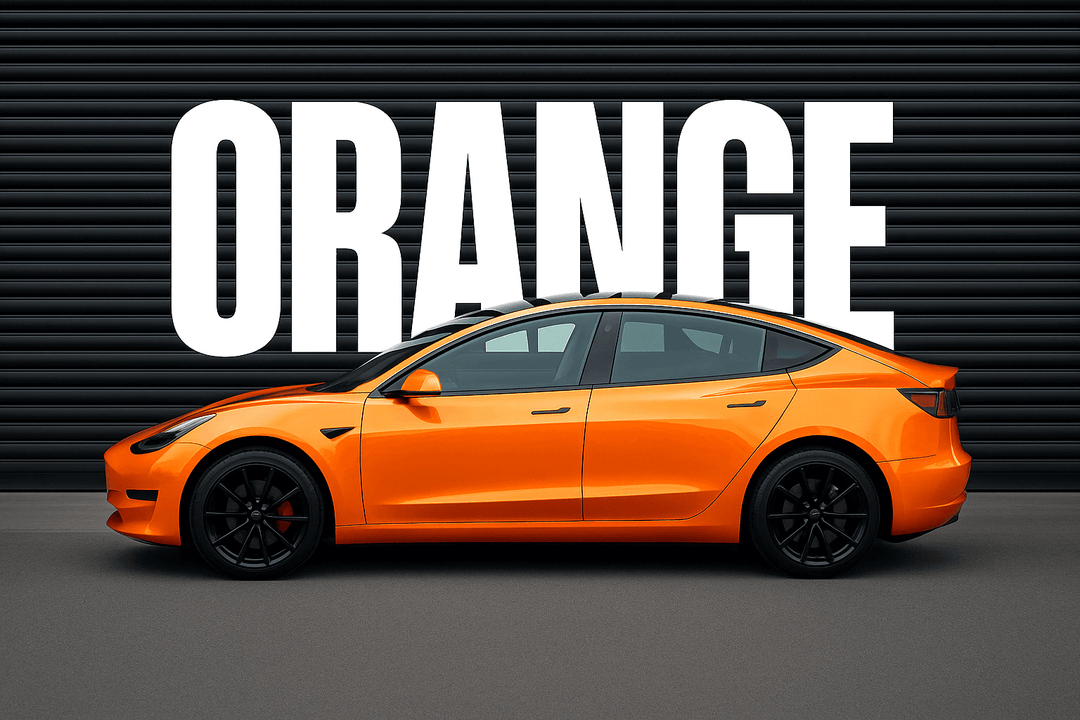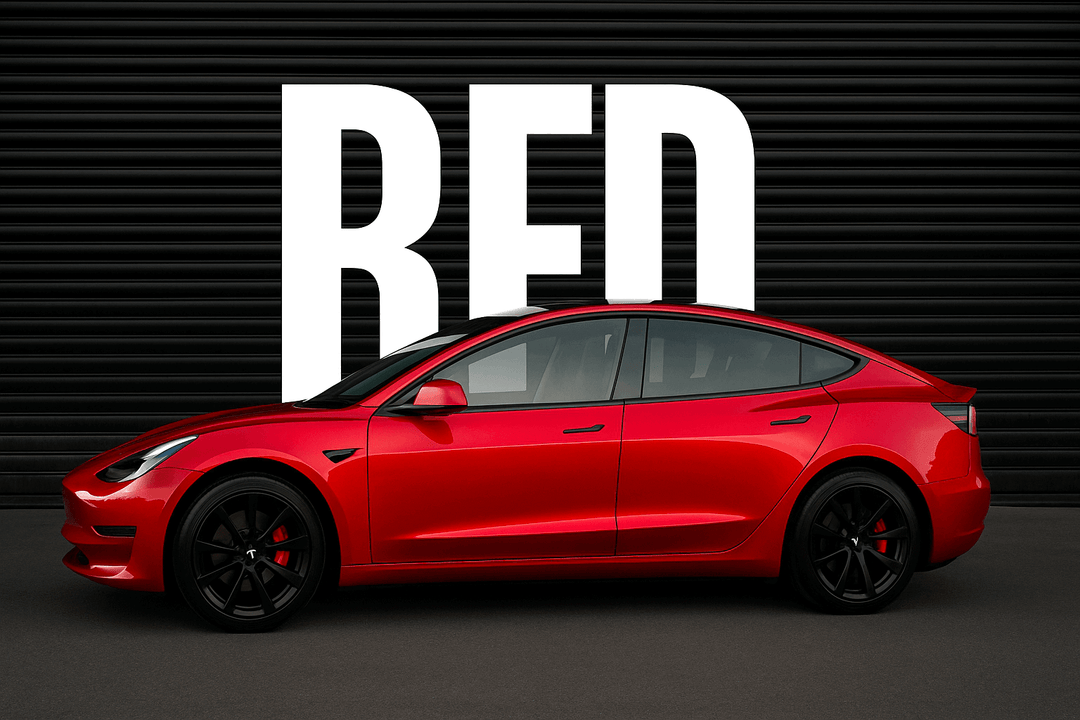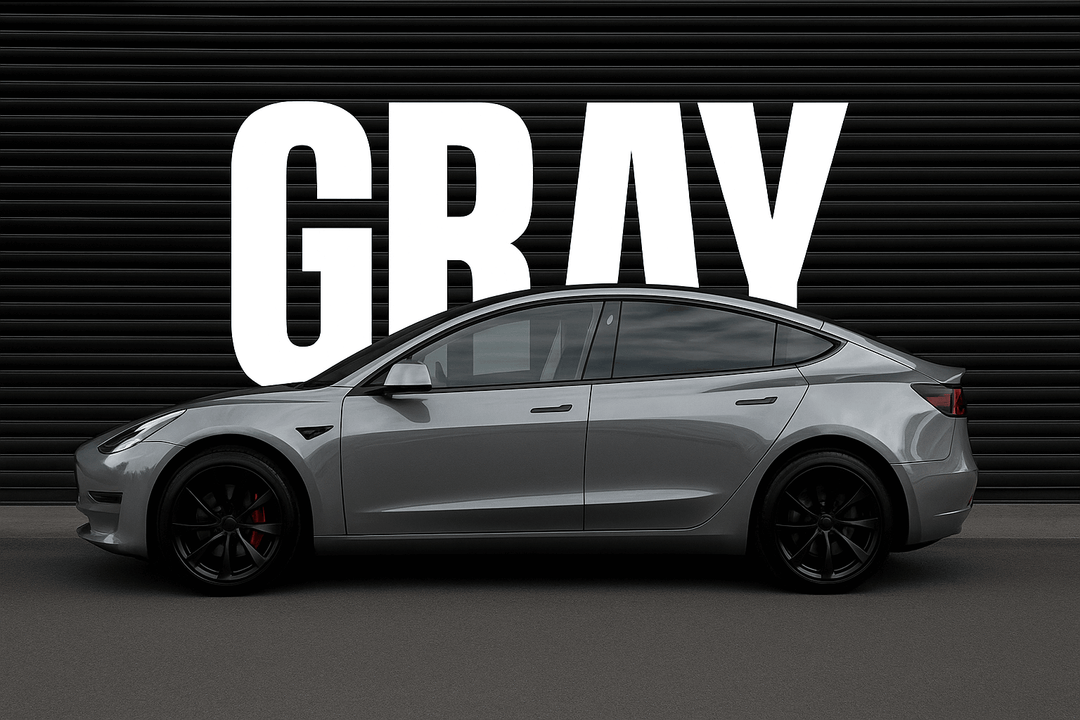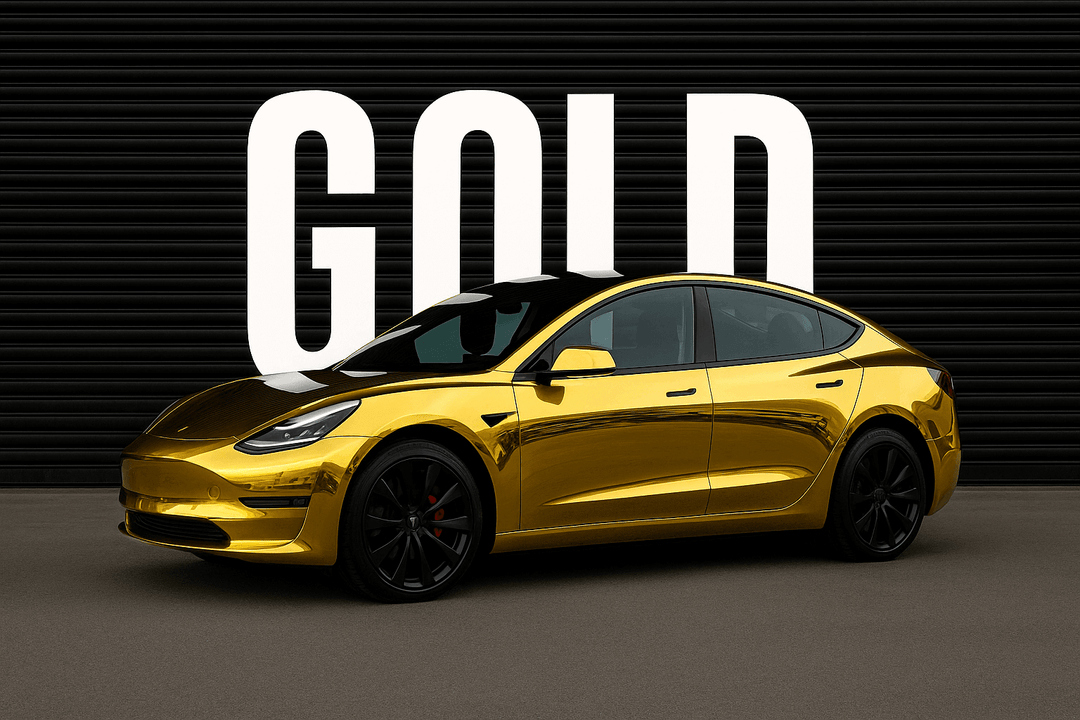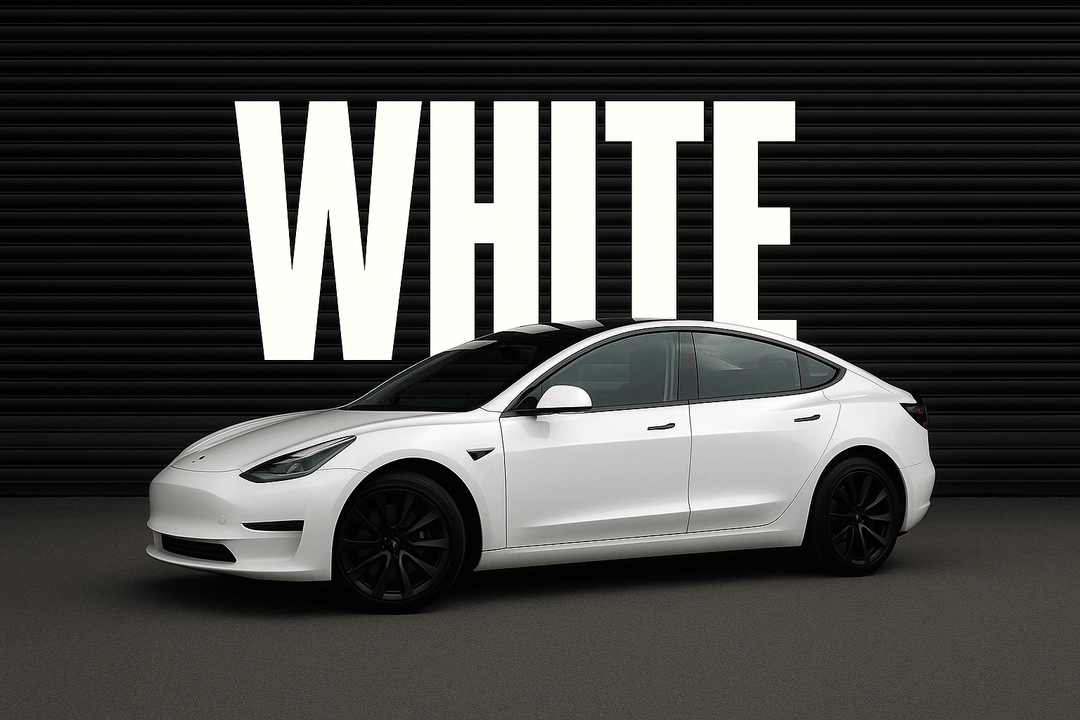The Ultimate Guide to Headlight Protection Film
Have you ever noticed a car driving by with cloudy, yellowed headlights? It immediately makes the vehicle look older than it is. Unfortunately, this is not just a cosmetic issue—it’s a safety and financial concern too.
Replacing modern headlight assemblies can cost anywhere from $500 to $2,000 per unit, especially for newer models with complex LED or laser technology. That’s a steep price to pay for something that could have been protected from the start.
While most people think of protecting their car’s paint or windshield, headlights often get overlooked. Yet they face the same exposure to sunlight, road debris, and harsh weather conditions. That’s where headlight protection film comes in—a transparent, nearly invisible layer of TPU film that acts like a shield against chips, fading, and UV damage.

In this guide, we’ll walk you through exactly what headlight protection film is, why it’s essential, what types are available, how much it costs, and how to maintain it. Whether you’re driving a brand-new vehicle or trying to preserve an older one, protecting your headlights is one of the smartest long-term decisions you can make.
What Is Headlight Protection Film?
Headlight protection film is a transparent or tinted urethane-based film designed to shield your vehicle’s headlights from physical and environmental damage. Much like paint protection film (PPF), this product acts as a barrier between your headlights and the road, but it's tailored specifically for the unique shape, light transmission, and exposure needs of headlamp lenses.
High-quality headlight protection films are made from TPU (thermoplastic polyurethane) or urethane materials. These are highly durable, flexible, and optically clear, allowing them to conform to curved surfaces without distorting the light output.
This protective film guards against:
-
Stone chips and gravel impact
-
UV rays that cause yellowing or hazing
-
Road debris, bugs, and chemical stains
-
Scratches and minor abrasions from cleaning or wiping
Whether you're trying to preserve your car's factory look or subtly enhance it with tinted or colored films, headlight protection film provides an effective, reversible, and budget-friendly solution.
Should You Apply Headlight Tint Film to Your Headlights?
Absolutely! Applying a headlight tint film is one of the smartest decisions you can make to protect and prolong the life of your headlights.
Your headlights are more than just cosmetic features. They are essential safety components. Whether you're navigating a dark road or making yourself visible to oncoming traffic, clear and powerful headlights keep you and others safe. But over time, their clarity fades. Why? Most headlights are made from acrylic or polycarbonate plastic, and while they’re coated with a UV-protective clear layer, that coating deteriorates with exposure to sunlight, debris, and harsh weather.
Once the protective coating fails, your headlights are vulnerable to:
-
Yellowing and fading
-
Cracks and pits from road debris
-
Oxidation from sun and moisture
-
Reduced light output and visibility
By applying TPU-based headlight tint film early, especially on a new car, you create a durable, invisible barrier that shields against all of the above. The film maintains lens clarity, preserves the aesthetic, and can even enhance the look with tints or styling options. Plus, it’s a cost-effective way to avoid expensive headlight restoration or replacement later on.

How Do You Stop Headlight Oxidation?
Headlight oxidation is the number one culprit behind cloudy, yellowed headlights — and it happens to nearly every vehicle over time. The good news? You can prevent it with a few smart habits and protective strategies.
What Causes Headlight Oxidation?
Most modern headlights are made from polycarbonate plastic, which is durable but vulnerable to UV rays, moisture, road debris, and extreme heat. Over time, these elements break down the thin UV-protective clear coat applied at the factory. Once that layer degrades, the plastic underneath begins to oxidize, leading to:
-
Yellow or foggy lenses
-
Reduced night visibility
-
An aged, unattractive appearance
Here’s how to stop oxidation in its tracks:
1. Park in the Shade or a Garage
Direct sunlight is one of the most aggressive oxidizing agents. UV rays break down both the clear coat and the plastic itself.
-
Best practice: Park in a shaded area or use a garage whenever possible.
-
Alternative: If covered parking isn’t available, consider using a car cover or headlight film to shield the lights from sun exposure.
2. Clean Your Headlights Regularly
Dirt, grime, road salt, and bug splatter accelerate deterioration. Regular cleaning prevents chemical buildup and oxidation.
-
Use pH-neutral car soap and a microfiber cloth.
-
Avoid abrasive pads or harsh chemicals.
-
Dry thoroughly to prevent moisture spots.
3. Apply a Protective Coating
Just like your car’s paint, your headlights benefit from an added protective layer.
-
Ceramic coatings or UV-blocking polishes can slow oxidation by reinforcing the lens surface.
-
These products typically last a few months and should be reapplied periodically.
4. Install Headlight Protection Film (Headlight PPF)

The most effective long-term solution to prevent oxidation is to install Paint Protection Film (PPF) on your headlights.
-
TPU or urethane-based films create a durable, UV-resistant, and hydrophobic shield that resists yellowing, scratches, and moisture intrusion.
-
They’re also self-healing, meaning minor scratches disappear with heat.
-
Best of all, they’re removable, preserving your headlight’s original condition when the film is eventually replaced.
Types of Headlight Protection Film
Not all headlight protection films are created equal. Depending on your driving style, aesthetic goals, and budget, different types of films offer unique benefits. From invisible shields to head-turning custom finishes, here’s a breakdown of the most popular options available at Yeswrap.
|
Film Type |
Features |
Ideal For |
|
Clear TPU |
Invisible shield, UV and impact resistant |
OEM appearance, daily drivers |
|
Smoked/Tinted |
Darkened look, reduced glare |
Sporty or aggressive custom designs |
|
Yellow |
Classic rally style, enhanced visibility |
Foggy regions and night driving |
|
Iridescent/Color-Shifting |
Changes color with angle/light |
Custom builds and standout aesthetics |
|
Self-Healing |
Repairs light scratches with heat |
High-end vehicles, long-term durability |
1. Clear TPU Film
This is the most popular and practical option for most drivers. Clear thermoplastic polyurethane (TPU) film provides invisible protection while preserving the natural look of your headlights. It defends against UV rays, road debris, and minor impacts without altering your vehicle’s appearance.
2. Smoked or Tinted Film
Want a more aggressive or stealthy look? Smoked headlight film offers a subtle darkening effect while still allowing adequate light transmission. Just make sure it’s legal in your state, as heavily tinted headlights may not meet DOT regulations.
3. Yellow Film
Inspired by rally and motorsport heritage, yellow headlight tint enhances visibility in fog and poor weather conditions. It also adds a vintage racing style, making it a favorite among JDM enthusiasts and off-road drivers.
4. Iridescent/Color-Shifting Film
For those who want to stand out, color-shifting or iridescent film is a bold choice. This film reflects different hues depending on lighting and viewing angles. It’s commonly used on show cars or creative custom builds.
5. Self-Healing Headlight PPF
The premium choice. Self-healing films contain advanced polymers that react to heat (from the sun or warm water) to erase surface-level scratches over time. These are ideal for car owners who want long-lasting clarity and minimal upkeep.
Cost of Headlight Protection Film
Protecting your headlights doesn’t have to break the bank. Headlight protection film is a small investment compared to the $300–$1,200+ cost of replacing modern headlight assemblies.
💰 Headlight Wrap Cost Breakdown
|
Service Type |
Price Range |
What’s Included |
|
DIY Kits |
$25 – $70 |
Pre-cut or universal film, squeegee, installation spray |
|
Professional Install |
$100 – $250 |
Custom-cut film, expert application, edge sealing |
Several factors influence how much you’ll pay:
-
Film Type: Self-healing and color-shifting films cost more than standard clear TPU or smoked options.
-
Headlight Shape: Intricate or curved lenses require more skill and time to wrap properly.
-
Labor Costs: Rates vary by location and installer reputation—expect to pay more at specialty or high-end shops.
Common Myths About Headlight Film

Headlight protection film is a smart way to safeguard your headlights, but there are still plenty of misconceptions that stop car owners from using it. Let’s clear up the confusion by addressing the most common myths:
❌ Myth 1: "It Dims the Lights"
Truth:
High-quality clear TPU films are designed to be optically transparent, meaning they allow nearly 100% of light to pass through. They don’t affect your headlight’s brightness or beam pattern.
Only dark-tinted or low-quality films might reduce visibility, and even then, only slightly. For everyday use, opt for clear or lightly tinted films if you're concerned about performance.
❌ Myth 2: "It’s Illegal"
Truth:
Clear headlight films are legal in nearly all regions because they do not affect visibility. The legality of tinted, smoked, or colored films depends on local vehicle codes.
Always check your state or country’s traffic regulations before applying tinted films. Some jurisdictions allow light tints; others prohibit anything that reduces light output.
❌ Myth 3: "It Peels Easily"
Truth:
Peeling is usually caused by poor surface preparation, cheap materials, or bad installation technique. A high-grade film applied by a skilled installer can last for years without lifting or bubbling.
Choose quality brands and ensure the headlights are properly cleaned and dried before installation. Many premium films also include edge-sealing technology that prevents lifting.
Final Thought
Headlights are more than just a source of illumination, they’re vital for safety, style, and your vehicle’s overall value. Don’t wait until fading, yellowing, or cracks take their toll. Protect your investment with a durable headlight protection film that keeps your lights sharp, clear, and stylish for years to come.
Protect your headlights and preserve your car’s value. Shop high-quality tint film for headlights now at Yeswrap.
Frequently Asked Questions
Can I install headlight protection film myself?
Yes, many DIY kits are designed for easy installation at home. Make sure to thoroughly clean the headlights first and follow the instructions carefully. A squeegee and heat gun can help you achieve a smooth, bubble-free finish. However, for complex shapes or tinted films, professional installation is recommended for the best results.
How do I remove the film?
Headlight protection film can be removed without damaging the headlights. Gently heat the surface using a heat gun or hair dryer to soften the adhesive, then peel the film away slowly. Clean off any remaining residue with an adhesive remover or isopropyl alcohol.
Will it protect against yellowing?
Yes, high-quality headlight films, especially those with UV protection, can significantly slow down or prevent the yellowing and cloudiness caused by sun exposure. This helps maintain clarity and appearance over time, reducing the need for costly restorations or replacements.





